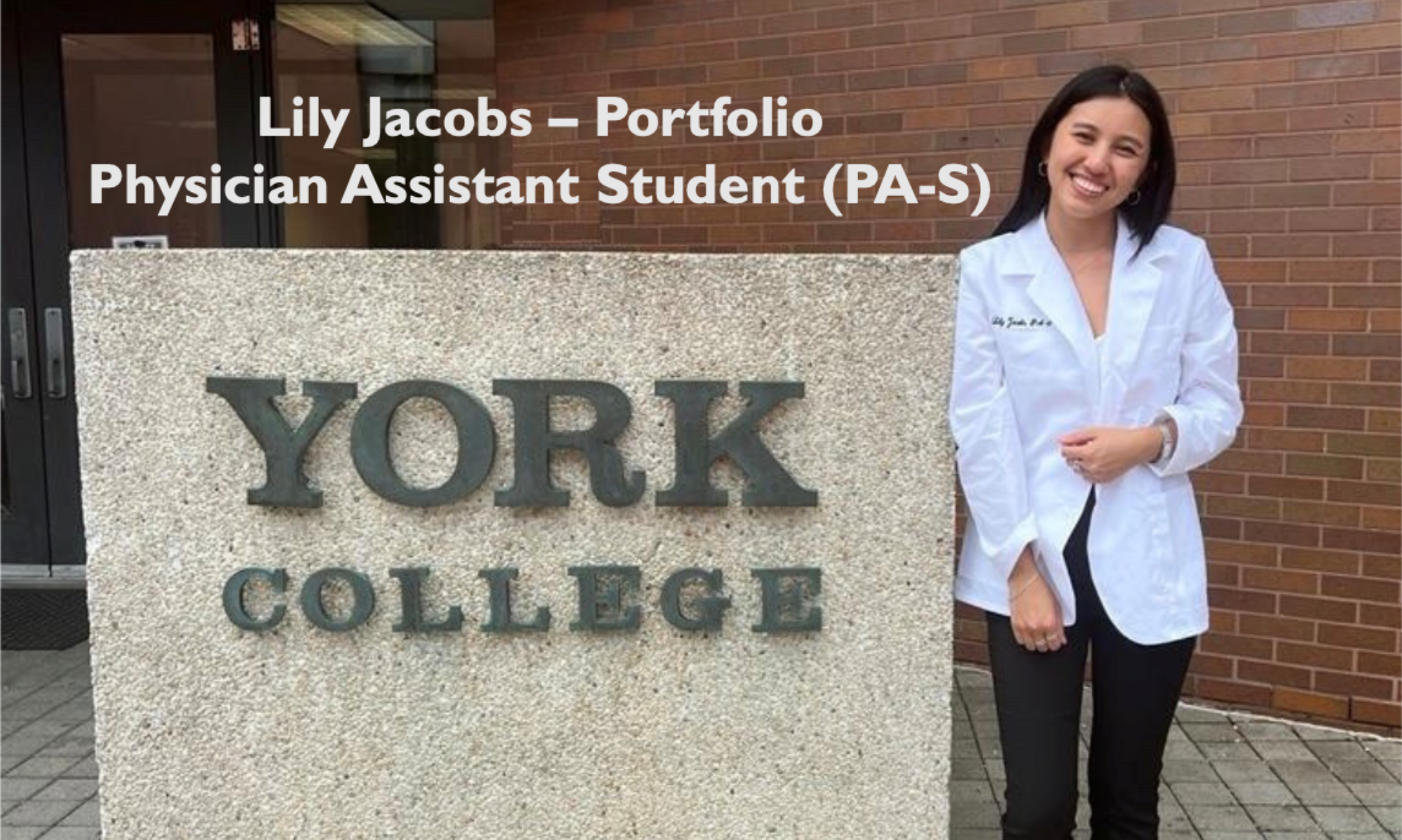Site Evaluator: Gary Maida
The first case I presented was a 5-week-old female born full term via normal spontaneous vaginal delivery who presented in the ED with her parents complaining of looser than normal stools for the past 2-3 days. The mother described the stool as mucous-like yellow color with some blood. Mother notes that she recently switched from Enfamil to Similac about 2 weeks ago. I chose this case because of how uncommon it is to see a child allergic to milk. According to the American College of Allergy, Asthma, and Immunology, only about 2-3% of children younger than 3 years old have milk allergies.* Physical exam was positive for an erythematous, papular rash with areas of scaling around the vaginal area without ulcerations, discharge, or streaking. Positive for nasal congestion. Abdominal exam was unremarkable (no anal issues, hemorrhoids or perirectal lesions). Professor Maida agreed with my assessment of the diarrhea that given the history of recent formula change, it is most likely caused by a milk protein allergy. My other differential diagnosis included bacterial or viral enteritis and Meckel Diverticulum. However, less likely viral or bacterial enteritis as the patient has no systemic signs and symptoms of infectious pathology, will rule out bacterial pathology via pending stool culture. Although the patient is under 10 years of age and is complaining of blood in stool, less likely Meckel diverticulum due to associated diarrhea, absent abdominal pain, and is female. Professor Maida complimented me on my H&P. He gave noted some missing information important to this age group, such as assessment of the anterior and posterior fontanelles.
*https://acaai.org/allergies/allergic-conditions/food/milk-dairy/
The second patient I presented was a 3-year-old female delivered via c-section with a PMHx of simple febrile seizures presents in the ER with her mother complaining of a febrile seizure at 9 am that morning and high fever of 101.3 degrees F since the night before. Vitals showed tachycardia and a rectal temp of 103.4 degrees F. Physical exam was only positive for clear nasal discharge and tachycardia. Oral mucosa is moist, capillary refill <2 seconds. She is alert and active, tolerating oral intake and is voiding. Negative for nuchal rigidity and focal neuron deficits or other neurological signs. BMP, CBC with diff, urinalysis (bag collected), procalcitonin, blood culture, and respiratory panel were taken. Results showed a CO2 of 13, traces of leukocyte esterase and white blood cells in the urine, and a positive viral panel for rhinovirus/enterovirus and parainfluenza 3 infection. My assessment was that her febrile seizure is likely secondary to the rhinovirus/enterovirus and parainfluenza 3. Additionally, with a CO2 of 13, the patient has mild-moderate degree of hypovolemia. Bacteriemia, sepsis/septic shock, and meningitis were on my differential diagnosis as well. Negative bacterial culture and negative meningeal signs or other neurologic abnormalities, along with the patient appearing alert and not in any distress make bacteremia, sepsis, and meningitis less likely. The patient was also fully immunized. Professor Maida agreed with my workup, but pointed out that the presence of leukocytes cannot be attributed to contamination and must be worked up to rule out UTI. Though the patient’s parents originally denied a foley catheter, the patient would need to be catheterized to get a sterile urine catch. I chose this case because I wasn’t too familiar with febrile seizures and I learned that low CO2 level below 17 is indicative of dehydration.
The third case I submitted was a 4 year old female delivered via C-section with a PMHx of febrile seizures and pneumonia presented in the ED with her mother complaining of progressively worsening nonproductive cough and a fever for the past 3 days. I chose this case because I had actually missed the wheezes on the exam because I failed to check the anterior chest. It prompted a discussion with my preceptor about pneumonia work up, treatment, and the role of radiograph imaging.
I need to become more familiar with the side effects of common drugs. Professor Maida tested us on our drug cards and I found myself lacking in knowledge on some drugs I would like to have been more familiar with.



Pediatrics